Magazine
Do You Exfoliate Before or After Shaving?
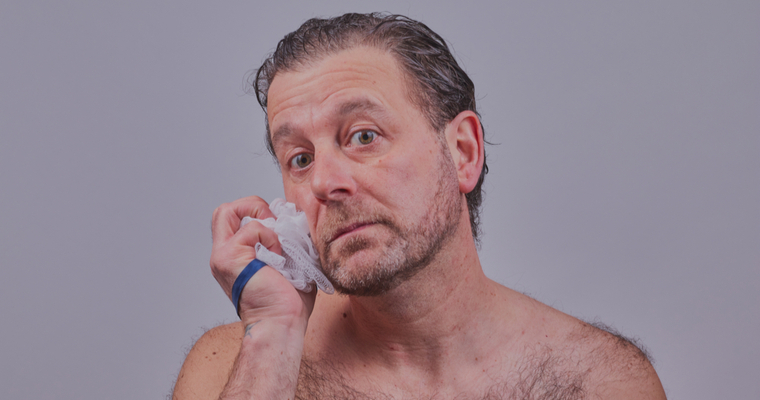
Exfoliating is an extremely useful method for clearing out your pores and keeping your epidermis clean.
Sebum, the body’s naturally lubricating oil, travels from your sebaceous glands through your hair follicles and up onto the surface of your skin. On occasion, your hair follicles can become blocked up with excess sebum, dirt, and other external substances. Bacteria can infect this grime and spread, resulting in irritation like rashes, ingrown hairs, or acne.
Exfoliation is a method used to prohibit this from happening by healing and preventing buildup. As a man, exfoliating can be a good method to add to your grooming routine while shaving is necessary. Is it possible to do both safely?
Today, Particle will be explaining how to include both exfoliating and shaving in your skincare routine without accruing any harm and reaping only benefits.
Step 1: Wash Your Face
The first step in your routine should be to wash your face. Whether you are about to shave or exfoliate, it is important that your tools are provided with a clean palette, allowing them to do their respective jobs properly and to your liking.
Use lukewarm water to open up your pores without burning your skin or removing healthy oils. Start by washing your hands or rinsing off whatever tools you use to clean your face.
If your hands are carrying bacteria when you make contact with the skin on your face, this bacteria will spread. This will do the opposite of cleaning your face and instead dirty it further, increasing the chances of infection and irritation.
Next, apply your cleanser. If your routine is going to include both exfoliating and shaving, you are going to need a gentle cleanser containing healthy ingredients that are even safe for sensitive skin.
Exfoliating and shaving are not dangerous when performed correctly and provide you with many benefits, but they do leave your skin more vulnerable, making a gentle cleanser a necessity to avoid accidental irritation and redness.
We recommend using Particle Face Wash.
Our five-star daily face wash contains premium ingredients that include allantoin, cinnamomum extract, panthenol, and aloe vera to provide you with a clean and clear face. It removes oil and grime, revitalizes, hydrates, and soothes skin, helps prevent skin irritation, clear skin before shaving, and even exfoliates dead skin cells, making your exfoliator’s job easier.
One of the effects of Particle Face Wash that separates it from its competition is that it increases collagen levels in the skin. This makes it ideal for anti-aging purposes. Other effects that contribute to this include helping with pigmentation and replenishing the skin with vitamins and minerals.
Our face wash is ideal for prepping your skin for exfoliating and shaving because of its ability to soothe and protect damaged skin, hydrate the skin, and reduce redness.
Pump a handful of the Face Wash foam onto your wet palms and use your fingers to gently spread it over your entire face. Remember to do so gently. Rubbing too hard will create friction that can aggravate your skin.
Once complete, rinse your face thoroughly with water and allow it to air dry. If you use a towel or cloth to dry your face, choose something soft and pat the skin dry..
Step 2: Exfoliate
Exfoliating comes next. You do not want to exfoliate after a shave because shaving involves using a blade against your skin. Exfoliating after this action has been performed may result in damage.
Exfoliating before you shave, however, can actually make shaving easier. As previously described, shaving involves cleaning out your pores. Between the lukewarm water you used while applying your cleanser and your exfoliating, removing hairs from your clean and open hair follicles will be easier than before.
How you exfoliate is up to you. There are two general categories of exfoliation for you to choose from: mechanical exfoliation and chemical exfoliation.
Mechanical Exfoliation
Mechanical exfoliation is when you use tools and hard substances to buff away the dead skin cells and build up from your skin. This is generally considered the harsher of the two methods. Popular tools for mechanical exfoliation include bristle brushes, sponges, specially made gloves, and granules like seeds or crystals.
Chemical Exfoliation
Chemical exfoliation uses chemical solutions containing acids or enzymes to dissolve the dead skin cells and build up on your skin. These washes will most typically contain an alpha hydroxy acid or beta hydroxy acid in its formula.
AHAs are derived from natural sources like milk and sugar. One of the most popular AHAs is glycolic acid. BHAs, on the other hand, are a synthetic derivative. In fact, one of the most popular BHAs is salicylic acid.
As for enzymes, those are derived from natural sources like fruit and work similar to the acids but at a slower pace. While choosing between exfoliating methods is entirely up to you, we do recommend taking your skin type into consideration.
Which Exfoliation Method Is Better?
Since mechanical exfoliation is notably more aggressive, it is not only safe but beneficial for those with oily skin. Oily skin typically has one more layer of grime to get through than the other skin types because of all the excess sebum.
Those with combination skin may want to utilize mechanical exfoliation from time to time to help balance their overproduction of oil, as well. On other occasions, they should use chemical exfoliators to safely exfoliate their dry skin.
Those with susceptible skin may want to use a mild chemical exfoliator. While mild exfoliating washes have acidic bases, an enzyme-based exfoliator is the safest option.
Since these exfoliators perform the same job as acid exfoliators but at a slower pace, they are softer and gentler on the skin. Those with dry skin should also consider using the chemical exfoliator of their choice, as mechanical exfoliation may exacerbate their dry skin symptoms like flaking and itching.
If you have normal skin, it is safe for you to try any exfoliating method and stick with whichever method is the most effective and comfortable for you.
Step 3: Shave
Now that you have finished exfoliating, you can proceed to shave. Since you have just exfoliated, you are going to want to take extra precaution while shaving to ensure that your vulnerable skin is not harmed. Thankfully, this does not need to be difficult.
A few simple adjustments to your routine can make a major difference.
Start by soaking your facial hair with warm water and shaving gel. If you were using a chemical exfoliator that you rinsed from your face, the chances are that your beard or mustache is already damp. If you opted for mechanical exfoliation, an easy way to soak your facial hair is to place a soaked washcloth over your face.
Now you can officially use your razor.
Avoid shaving over the same area twice and shaving against the grain. Both of these actions are known to lead to irritation and the development of razor bumps. If you find it absolutely necessary to shave against the grain, start by shaving in the direction that your hair grows. Re-soak the area and then shave in the opposite direction.
This will help minimize the chances of irritating your skin.
An easy way to minimize the need for shaving over one spot multiple times is to keep your blade clean. As you shave, your razor will collect hair between the blades. For safe measure, rinse out your blade between every stroke.
Step 4: Moisturize
To round out your grooming routine, it is of the utmost importance that you moisturize. After both exfoliating and shaving, your skin may be in need of some soothing. Nothing is more soothing for the skin than a hydrating face cream packed with nourishing ingredients.
We suggest using Particle Face Cream. Our face cream is made with cutting-edge technology that combines several high-grade ingredients, including jojoba oil, vitamin E, glycerin, and squalane.
Particle Face Cream is specifically designed to soothe the skin after shaving.
Benefits of using the cream include moisturizing the skin, removing dark spots, alleviating eye bags, and reducing wrinkles. The product’s use of Dead Sea minerals makes it particularly nourishing for the skin.
After using Particle Face Cream, expect redness to be soothed, skin irritations to be put at ease, collagen production to be boosted, and skin regeneration to be stimulated.
Apply a dime-sized amount of the cream onto your hands to then massage into your eyes, cheeks, nose, and chin. Ensure that a thin layer of the product is covering the entirety of your face.
Conclusion
In conclusion, there is no reason for you to sacrifice shaving or exfoliating. The two grooming methods can peacefully coexist if done correctly. The key is to go about your routine with care.
Prep your face with a gentle cleanser, select the appropriate exfoliating method for your skin type, shave after you have finished exfoliating, and then soothe your skin with a high-grade face cream.
You will comfortably and consistently have clear pores and a clean-shaven complexion that pairs well with self-discipline.
Sources:
Physiology, Sebaceous Glands – StatPearls | NCBI Bookshelf
How to safely exfoliate at home | AAD
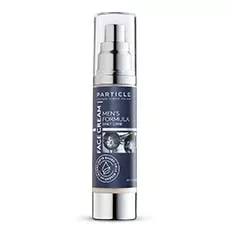
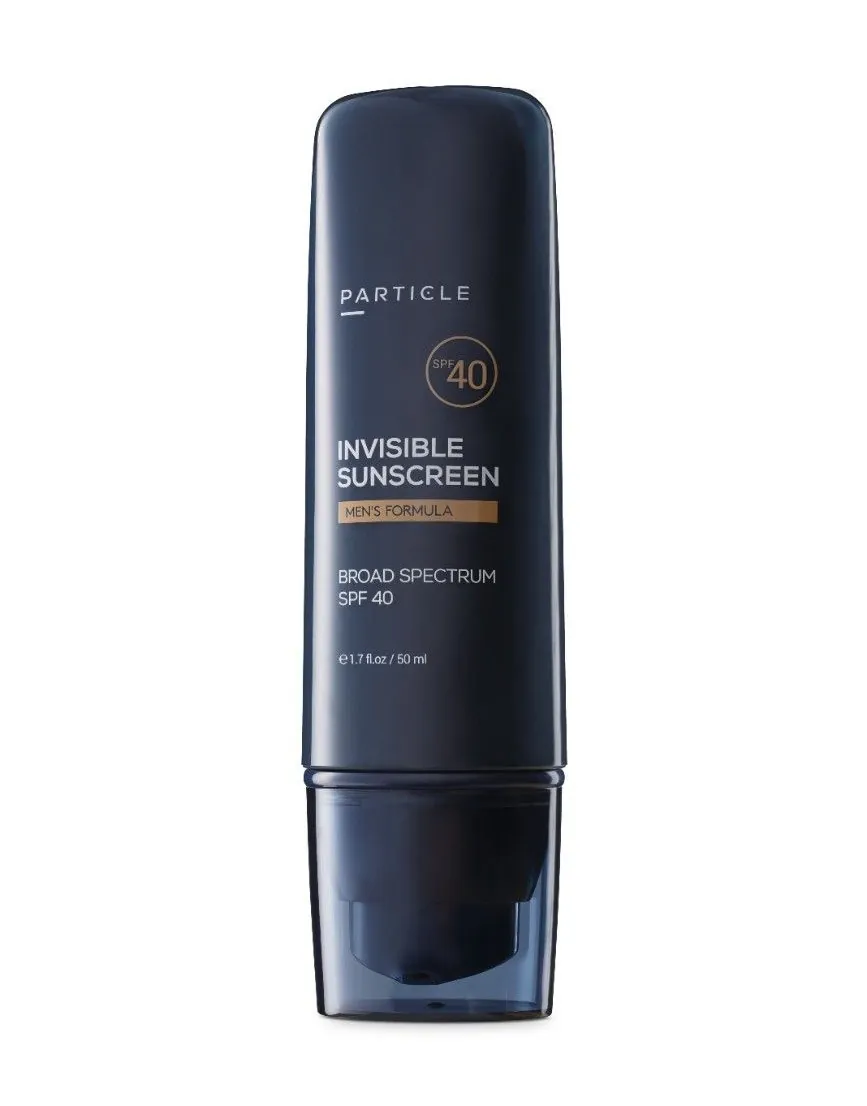
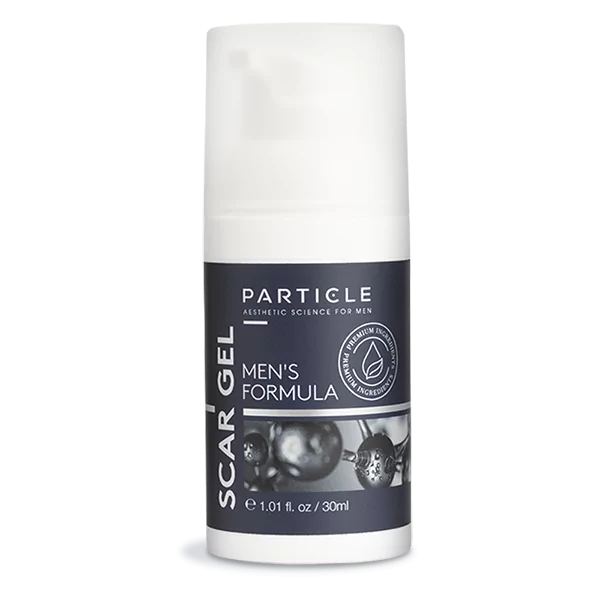
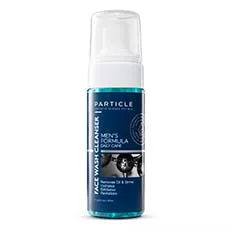
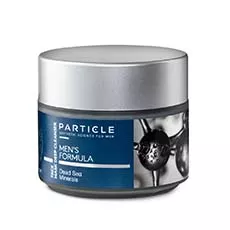
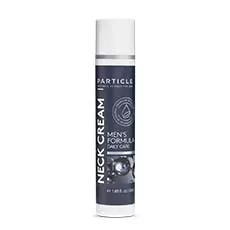
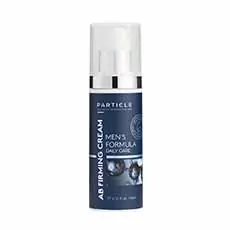
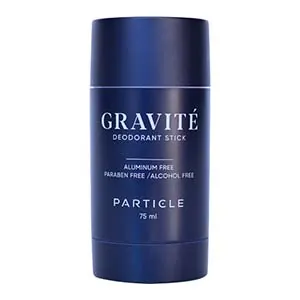
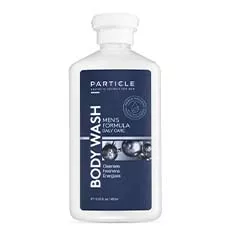
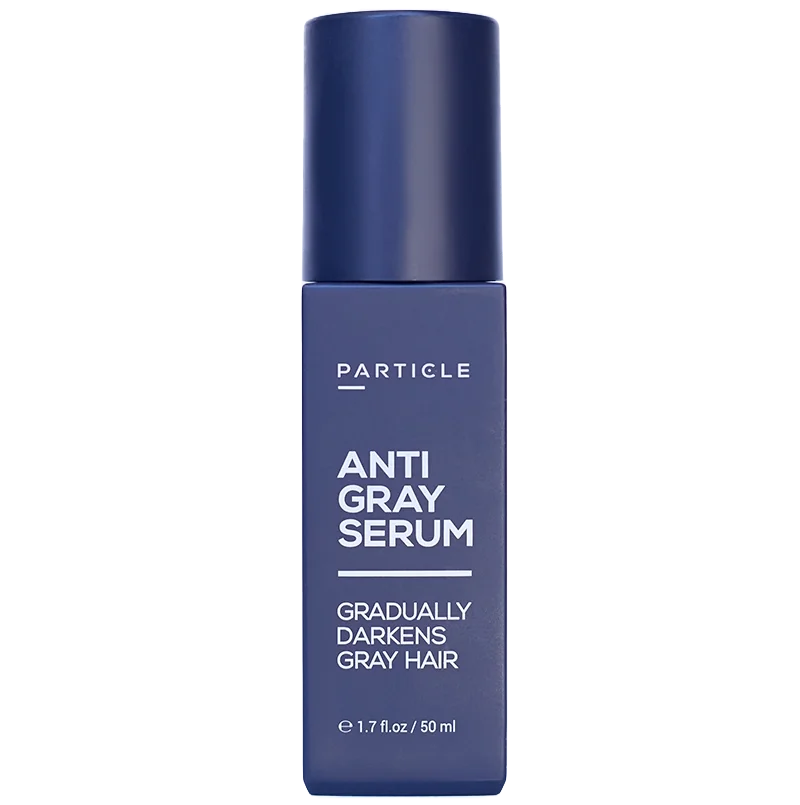
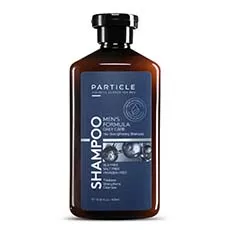
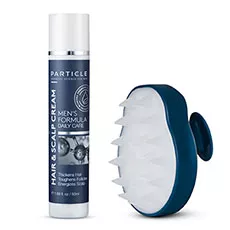
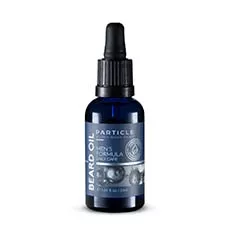
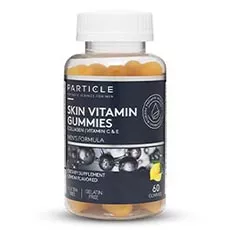
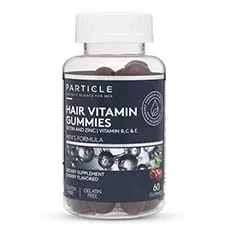
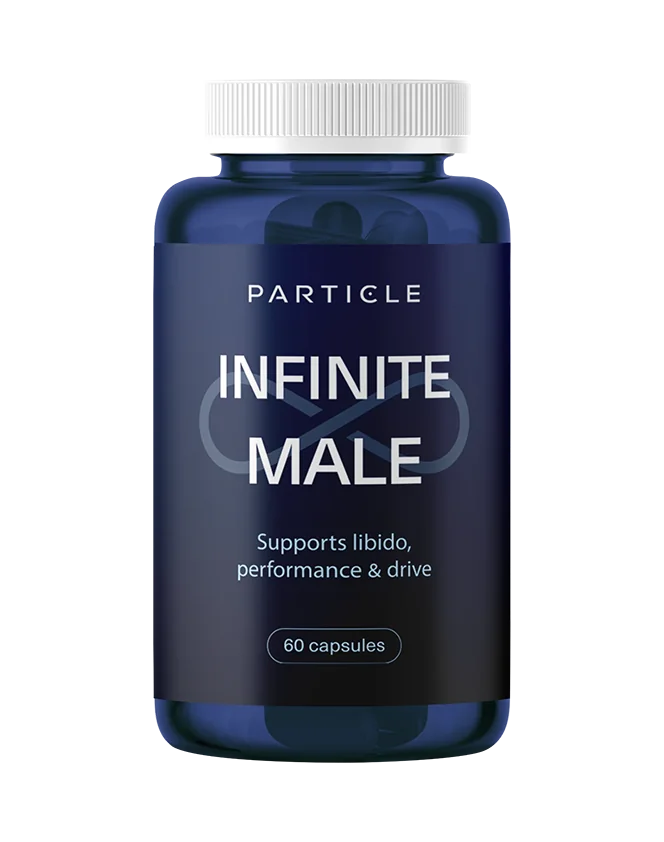
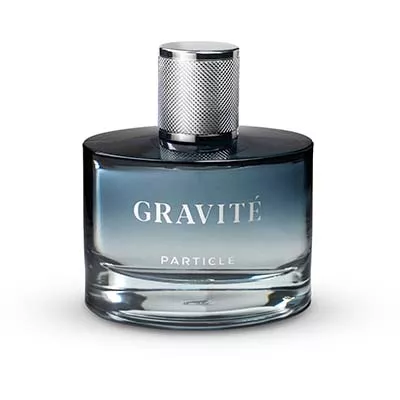

 en
en















